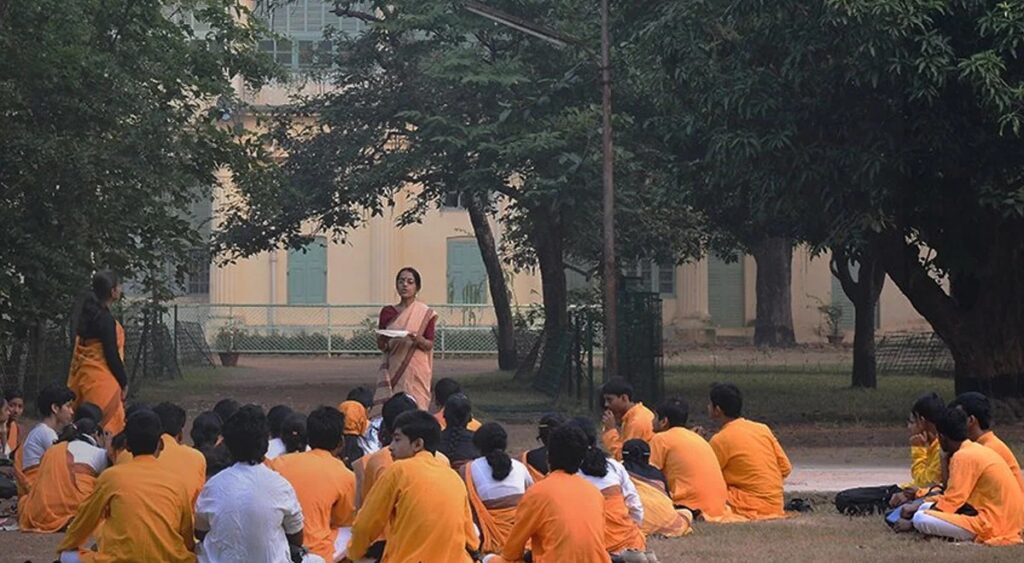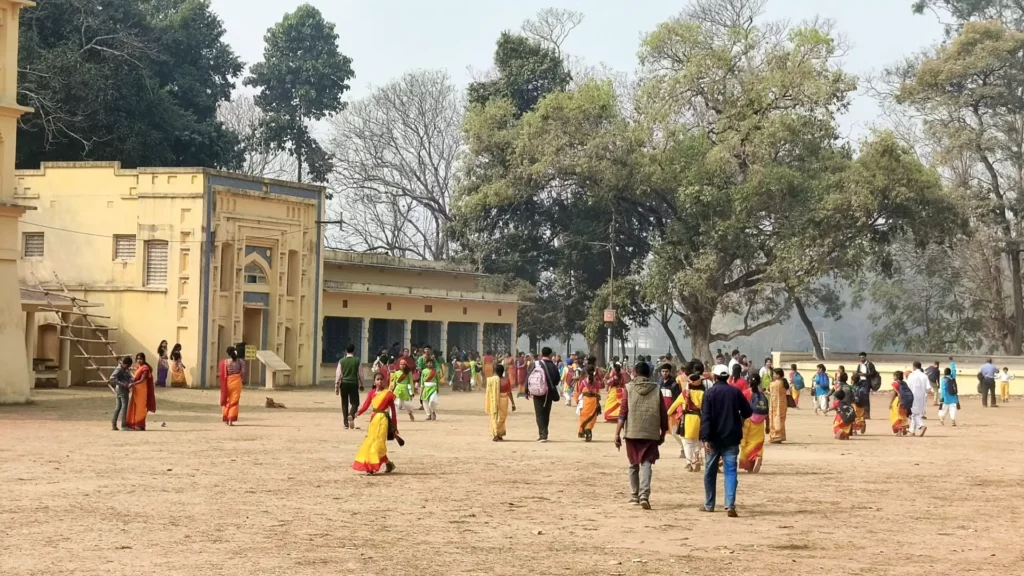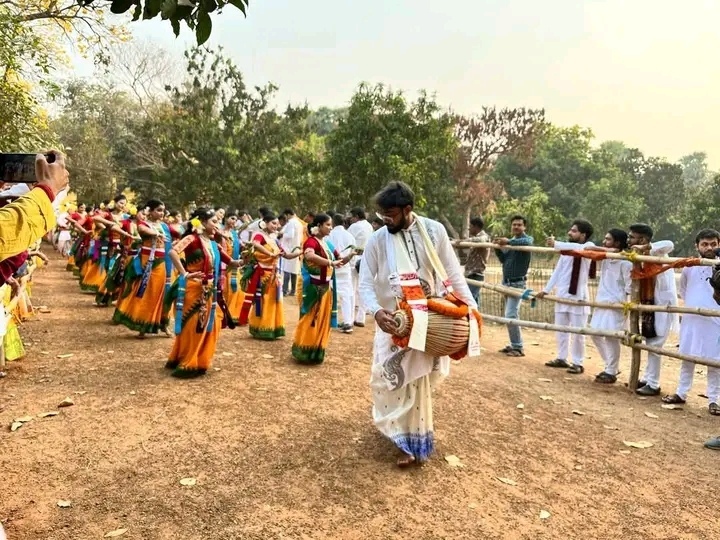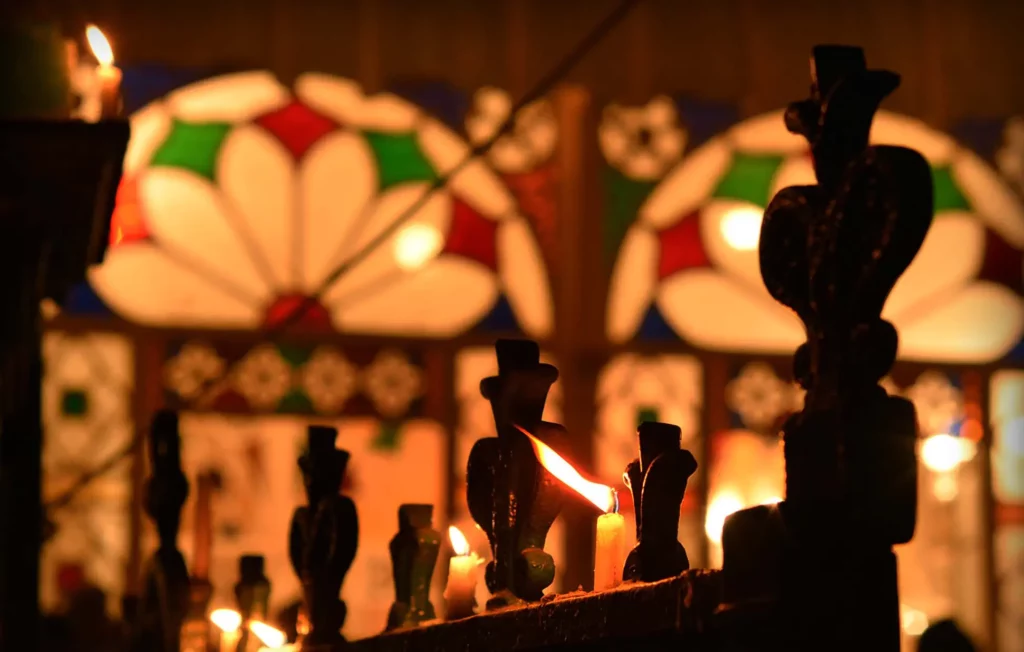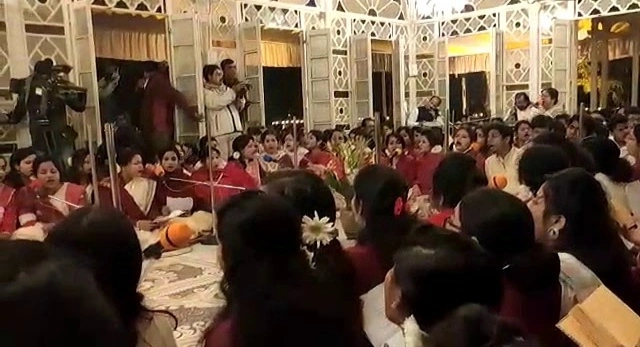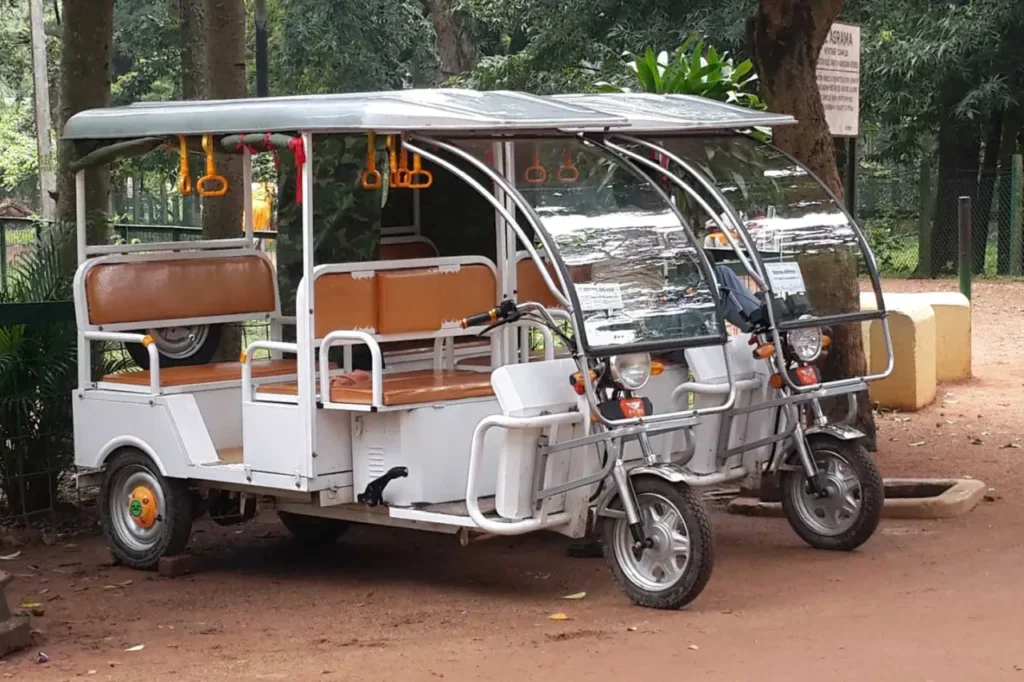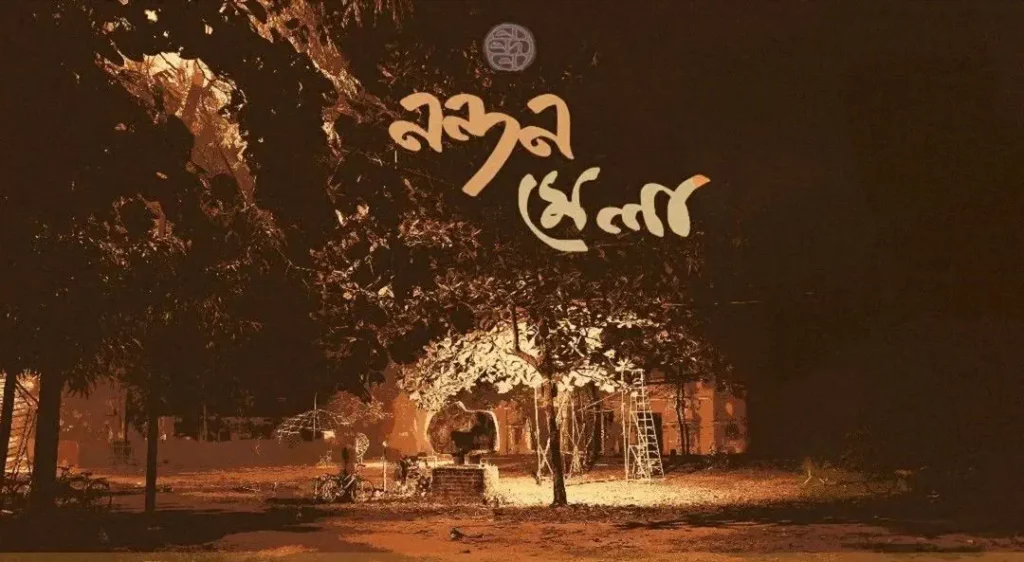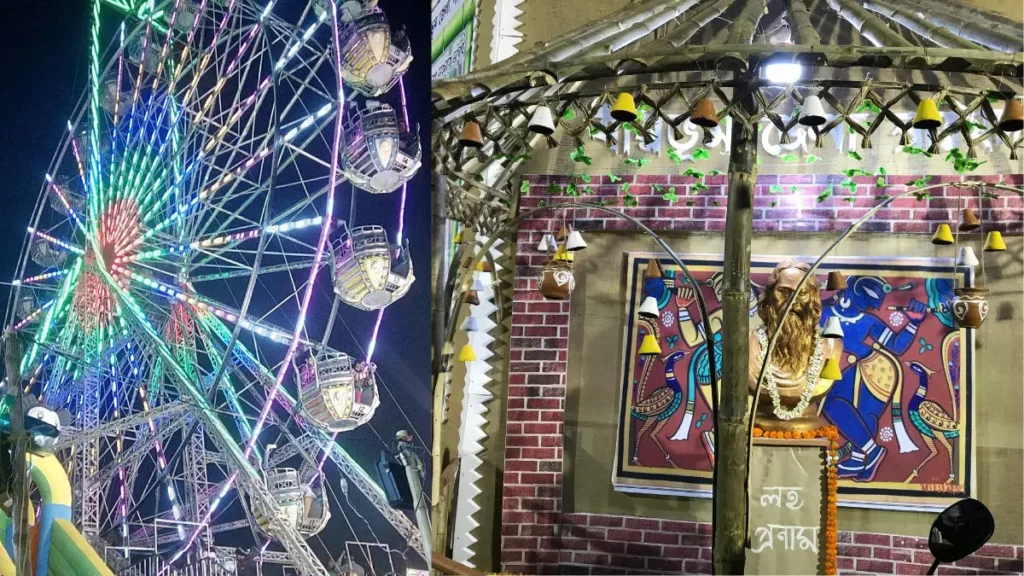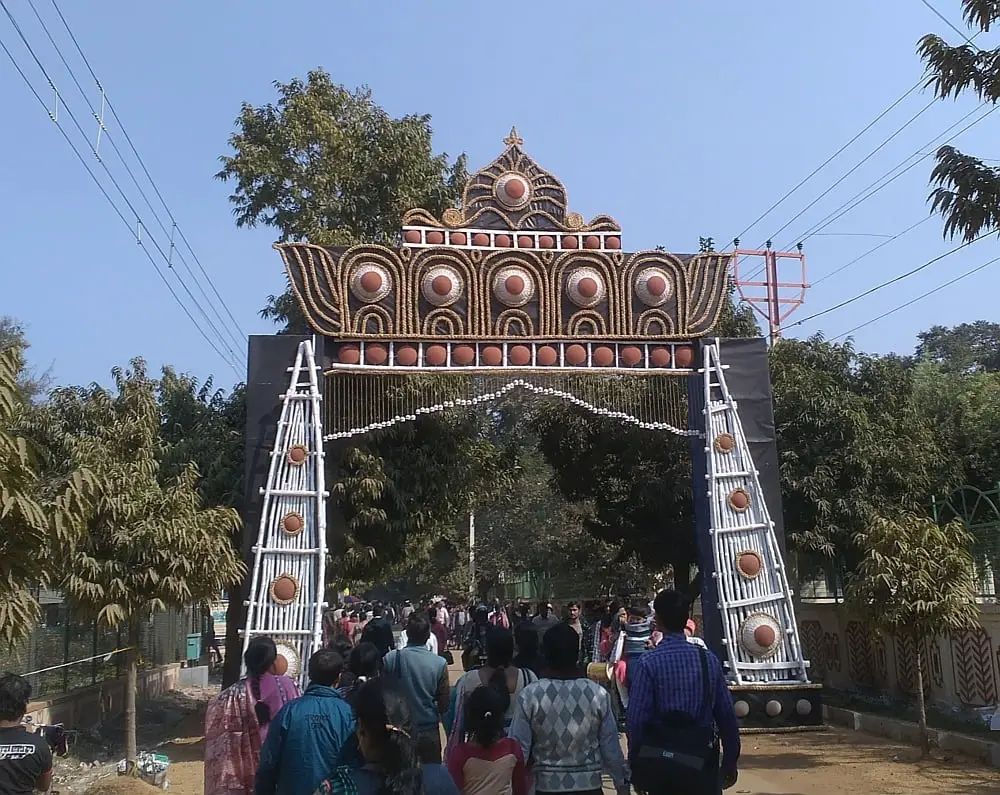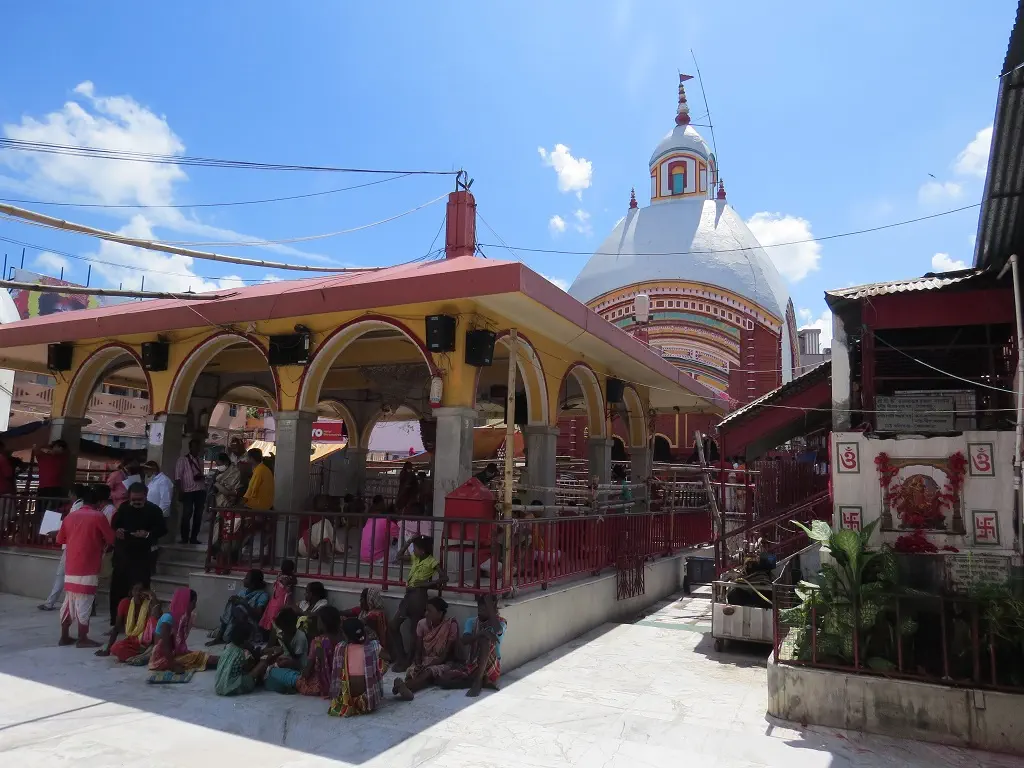PLACE OF TRANQUILITY AND PEACE
Santiniketan
Santiniketan was a sapling that grew into the widely branching tree that was Visva-Bharati. Today, Santiniketan and Visva-Bharati exemplify the continuation of Tagore’s works, both as a living educational and cultural centre.
ExploreRabindranath Tagore
Rabindranath Tagore’s educational model has a unique sensitivity and aptness for education within multi-racial, multi-lingual and multi-cultural situations, amidst conditions of acknowledged economic discrepancy and political imbalance.
ExploreThe Tourist Spot
Rabindranath Tagore first visited Shantiniketan in 1873, when he was 12 years old. In 1888, Debendranath dedicated the entire property to the establishment of a Brahmavidyalaya through a trust deed. In 1901, Rabindranath started a Brahmacharya ashrama, which came to be known as Patha Bhavana from 1925. In 1913, Rabindranath Tagore won the Nobel Prize in Literature. It was a new feather in the cap of the Tagore family, which was the leading family contributing to the enrichment of life and society in Bengal in many fields of activity over a long period of time. Founded in 1921 by Rabindranath Tagore, Visva-Bharati was declared a Central University and an Institute of National Importance in 1951.
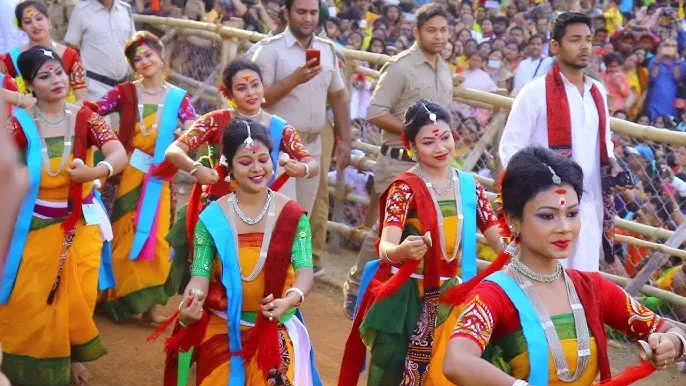
Visva-Bharati University
Visva-Bharati represents India where she has her wealth of mind which is for all. Visva-Bharati acknowledges India’s obligation to offer to others the hospitality of her best culture and India’s right to accept from others their best.
– Rabindranath Tagore

